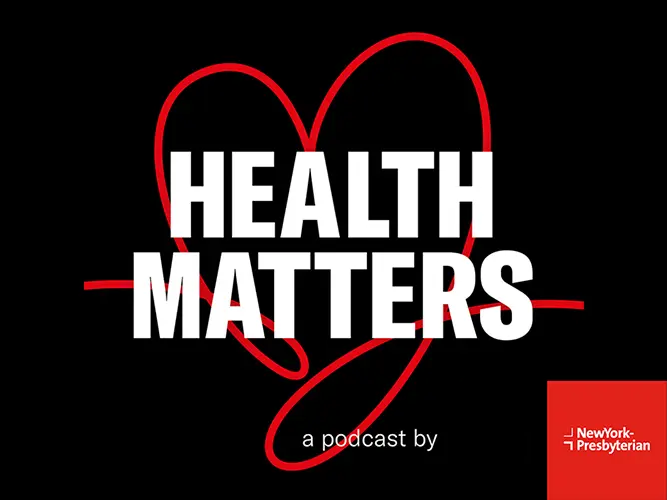Mental health issues come in all shapes and sizes. Learn about some of the more common ones we see at The Center and understand their symptoms.
The Center for Youth Mental Health

Featured
A place for powerful, positive change
The Center for Youth Mental Health was founded to address the epidemic of anxiety and depression among young people. In collaboration with physicians from Columbia University and Weill Cornell Medicine we offer expert diagnosis and treatment, including cognitive behavioral therapy, medication and cutting-edge research. Our work drives positive change for young people and their families every day.








